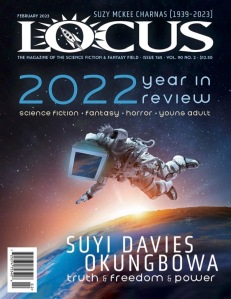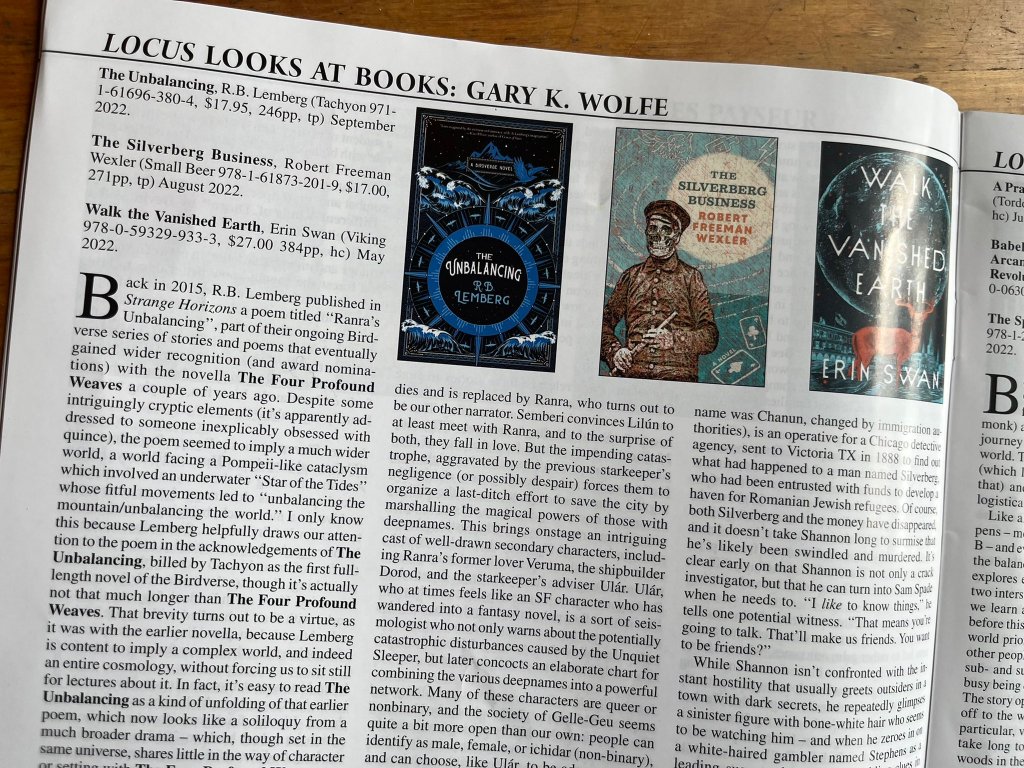Tomorrow (August 23, 2022) is the official release day of The Silverberg Business. Today, I’m writing about some of the book’s interconnected underpinnings.
My main character is a Jewish detective named Shannon (family name originally Chanun, Americanized by immigration). He’s from Galveston, Texas and lives and works in Chicago, Illinois. Most of the book takes place in Texas.
Allan Pinkerton founded the Pinkerton National Detective Agency in Chicago in the 1850s. I chose Chicago as Shannon’s home and made Shannon’s boss a former Pinkerton agent.
The writer Dashiell Hammet worked for a time as a Pinkerton agent; I used Hammet’s Continental Op character as a base when I began formulating Shannon.
I love the weird fiction writing of Welsh author Arthur Llewellyn Jones, who wrote as Arthur Machen. I decided to name Shannon’s boss Arthur Llewellyn.
Scottish-born Pinkerton was a Chartist. Before reading about Pinkerton, I hadn’t known about Chartism, which was a working-class political reform movement in Britain from around 1838 to 1857. In 1839, the Newport Rising occurred, in Newport, Wales. Police arrested Chartists, protests followed, soldiers shot miners. (This is an oversimplification; for more information on the Newport Rising, please look elsewhere, including the book listed a few paragraphs down.)
I decided that my Llewellyn was a former Chartist who moved to the U.S. after the uprising. As fellow Chartists, it would make sense for him to have worked with Pinkerton.
Jon Langford is Welsh, from Newport, and lives in Chicago. His skull-head art was one of the formative elements for the novel and he created the Silverberg cover art.
Bringing more elements together, Three Impostors, a small publisher based in Newport, Wales, has been publishing special illustrated editions of Arthur Machen’s work. In March 2022, they released The Chronicle of Clemendy, first published in 1888, with ten illustrations by Langford.
Lovely editions of many Machen books are also available from Tartarus Press.
Three Imposters also published a book, Render the Chartists Defenceless: John Frost’s Voyage with Dr McKechnie to Van Diemen’s Land in 1840, by Les James, about the transportation to Tasmania of the leaders of the 1839 Newport Rising.
Is it coincidence that The Chronicle of Clemendy came out the year that The Silverberg Business is set? I doubt it.









